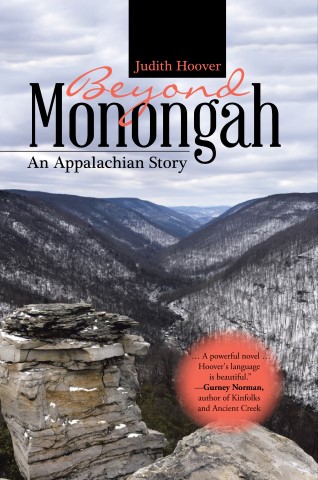About Judith Hoover
Judith D. Hoover, Ph.D., grew up in West Virginia near the site of the Monongah mine disaster, which was a part of family lore. Fascinated by the mysteries of the mountains, their sheer beauty above and lives of misery below, telling their stories became a goal. She made a career of teaching and communication consulting, so the majority of her earlier writing came in the form of textbooks and journal articles. Having retired from teaching she now spends her time writing poetry and fiction.

 "Beyond Monongah is a story of coal camps, hard-working men, strong women, and everything that tests a family's grit and perseverance. Judith Hoover knows this world inside and out, and she writes with great authority and a keen eye for the telling details in this sweeping, fast-paced novel."
"Beyond Monongah is a story of coal camps, hard-working men, strong women, and everything that tests a family's grit and perseverance. Judith Hoover knows this world inside and out, and she writes with great authority and a keen eye for the telling details in this sweeping, fast-paced novel."